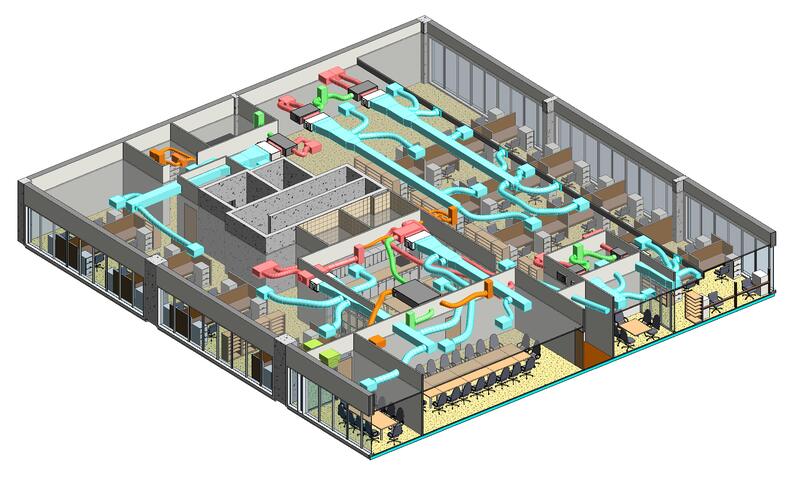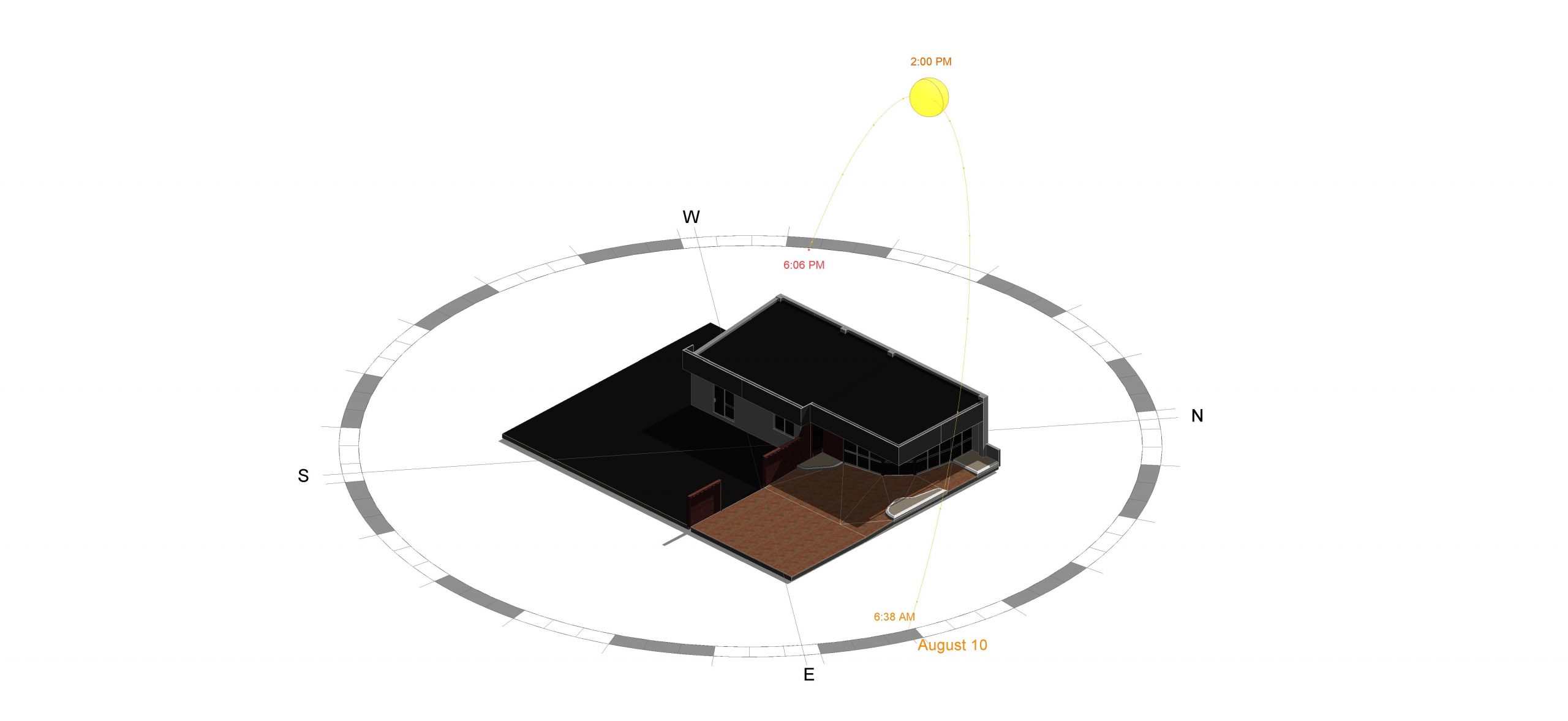BIM, which stands for Building Information Modelling, is a process for creating and managing all of the information on a project. The tools and technology makes it easier for users to gather all the information on every aspect of a building together into one piece. The use of BIM makes it easier to access every single step involved in the lifecycle of a project in a single integrated tool ranging from cost to time to sustainability. However, there are some significant benefits of BIM that you might not be aware of. Below are some of the benefits of BIM for the design and construction industry.

1. Visualise your Design – One of the key benefits of using BIM processes is the ability to visualise the design. Traditionally when working with two dimensional design, each and every discipline needs to be cross referenced manually. Then, with each change, the process occurs again. It is very time consuming and often you have to visualise the design in your mind. However with BIM, all design can be viewed in three dimensions, which enables better understanding of the building design.
2. Integrate Reality – Laser Scans and digital imagery can be inserted into the building information model which makes it easy to integrate existing conditions and capture reality. With BIM, Engineers benefit from all of the information compiled and shared in a single model. This happens in a way that paper is not able to capture.
3. Maintain Control – The BIM digital model-based workflow involves features such as AutoSave and connections – this helps engineers to be sure that they are working in real-time on the model. The AutoSave feature also helps to avoid corruption of files or disastrous loss of files that can be frustrating and affect productivity.
4. Resolve Conflict – The BIM toolset helps to resolve a conflict by the detection of elements such as elevated plumbing and drainage that may conflict with a structural beam. When a project is modelled, you will be able to discover clashes earlier, thereby reducing costly on-site rectification. It helps to ensure a perfect fit of elements that are not manufactured on the site, thus allowing secure fixing of these components into place.

5. Understanding the information – Making use of the BIM model correctly enables a lot of information about plant and equipment to be stored within the model. This provides a user with the ability to transfer information and knowledge that would otherwise need to be manually sourced.
6. Save Time – Using customization and automation features, you will be able to save valuable engineering and drafting time. You will not be spending as long on projects because you will plan the whole project in a concise manner.
7. Create amazing presentations – Building information modelling is the ultimate tool to allow for effective communication of design concepts. Since the design is fully 3D, it will be easier to render impressive views and fly-throughs which can then be used to gain necessary regulatory approvals or to sell commercial space.
8. Design in your pocket – Users will have access to a great deal of information at their fingertips because the model is tied to a database. Combining this capability with the cloud, means that you have access to the project details and the model from anywhere and on any device.
9. Sequencing the project – Once the project has all been modelled using BIM, it is much easier for construction teams to sequence out the installation. The model facilitates coordination of steps and processes, complete with animations, delivering a predicted path to the expected outcome.





